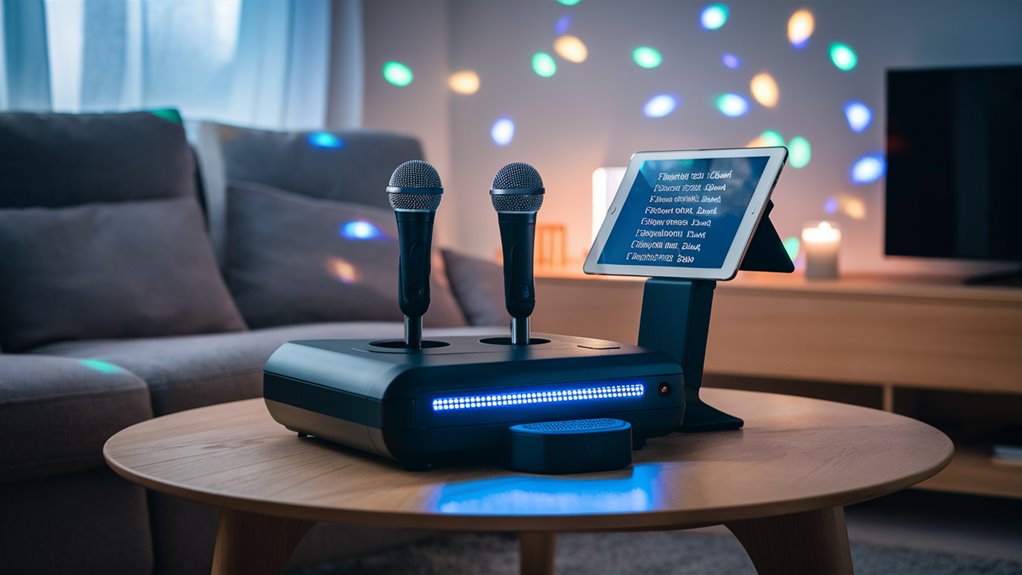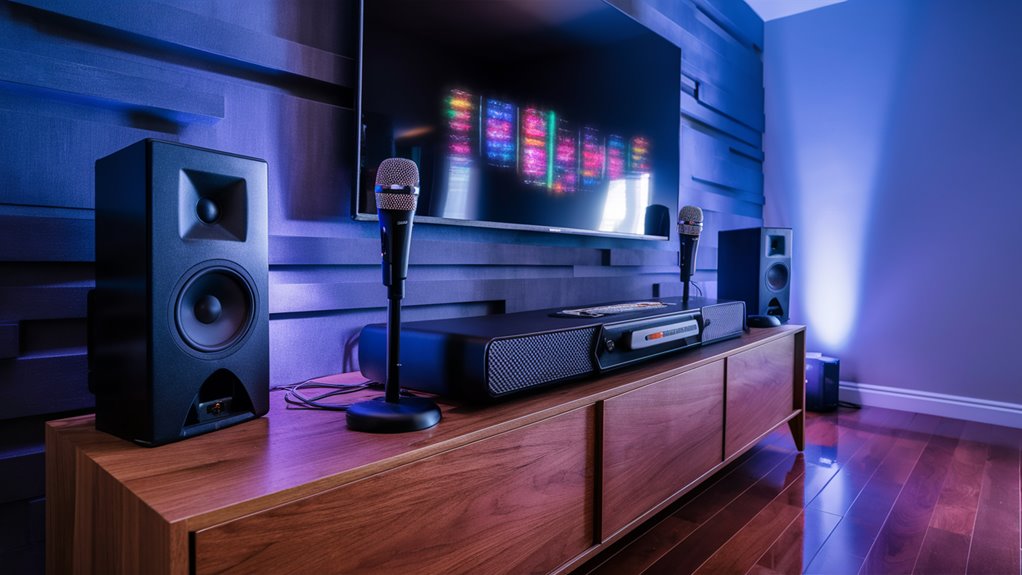Table of Contents
ToggleAll You Need for Home Karaoke

Key Sound Gear
- Good sound and strong setup are key.
- 50W RMS power and two speakers with woofers and tweeters should work well.
- Yamaha EMX5016CF mixer and JBL PRO EON615 PA speakers are top choices.
- MicPro X3 can store over 10,000 songs in its 32GB space.
Microphone and Screen Setup
- Shure SM58 microphones give good voice sound.
- ViewSonic PA503W projector shows lyrics well.
Room Setup Tips
- Place speakers at ear level at 45-degree angles.
- Simple sound tweaks can cut down echoes 호치민 밤문화
Features to Look for in Karaoke Systems
Sound and Audio
- A strong audio force of at least 50W RMS is key.
- DSP effects such as reverb and echo can lift your singing.
Microphone Details
- Get dynamic cardioid mics with XLR plugs.
- Look for two mic inputs with their own controls Best Karaoke Room for You Room Size
- Anti-feedback tech cuts unwanted sound.
Screens and Songs
- Big, clear screens help see lyrics better.
- Systems often have more than 2000 songs built in, with USB and stream too.
- Using HDMI and Bluetooth helps a lot.
Top Budget Karaoke Systems

Best Under $200
- Singstation Pro gives good sound with wireless mics.
Mid-Range: $150 Level
- KaraokeCloud Mini comes with a 20W speaker and Bluetooth.
Best for Less Than $100
- StarSinger Lite has 16-bit sound and auto-tune.
Basic Option: $75 Level
- VoiceBuddy Basic is easy to use and fits with YouTube karaoke.
Premium Home Karaoke Equipment Guide
Pro Sound Equipment
- Yamaha EMX5016CF mixer and top mics like Shure SM58 are must-have.
Powerful Speaker Systems
- JBL PRO EON615 can pump out 1000 watts.
Digital Control and Screens
- Use Pioneer DDJ-1000 with Virtual DJ Pro for mixing songs.
Wireless Mic Setup Guide
Best Receiver Spots and Frequency Settings
- Good placement of the receiver and clear frequencies are key to dodge signal issues.
Optimal Signal Management
- Set squelch from -70 to -80 dBm.
Managing Multiple Mics and Testing
- Keep at least 10 MHz of space between mics to avoid overlap.
